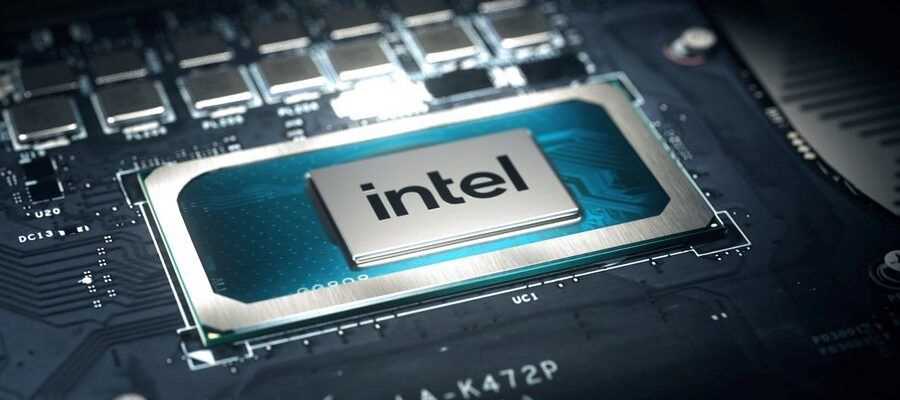Always in pairs, they go. The evolution of processors
Intel, at the rate of one generation per year, seems set to become the American standard again.
For years – actually between 2006 and 2016 – Intel has been distributing its new processors in a proven tick-tock rhythm. The delays and problems in particular recorded around 10 nm engraving have got the better of this principle which seems to have to come back into favor.
An untenable principle from 2016…
The tick-tock evolution model is based on the idea of alternating between years rich in architectural evolutions and years conducive to the refinement of the engraving process.
Thus, the first year (tock), Intel markets a new architecture of processor which is based on a technique of engraving already largely tested. On the other hand, the following year (tick), the American set up a new engraving process allowing greater finesse and improving the performance of the previous architecture.
From 2016, however, this beautiful mechanism seized up and Intel was forced to adopt a three-step strategy, over three years. First there was the so-called phase process to start a new burn, then step architecture obviously making it possible to launch a new one and, finally, the phase optimization coming to refine all that.
… which is now making a comeback
For several months now, Intel has been talking about the future generations of its processors and the names of Alder Lake, Raptor Lake, Meteor Lake or even Lunar Lake have come to brighten up the founder’s presentations.
At its latest investor conference, Intel confirmed the release schedule for its future generations and in doing so, it has virtually validated the return to a tick-tock evolution model. Indeed, in 2021, Intel launched a new architecture, hybrid, with Alder Lake. At the end of 2022, it should market Raptor Lake to refine things.
The tick-tock rhythm should then start again with the arrival of the Meteor Lake / Arrow Lake duo, which should bring notable architectural improvements and Intel 4 (7 nm) engraving. We are talking here about a 2023-2024 horizon. Then things are obviously more blurry, but there is already talk of the Lunar Lake / Nova Lake couple and reaching the Intel 18A burning process (for ångströmi.e. 1.8 nm).

Let’s keep in mind, however, that all of this is only a matter of roadmaps, broad guidelines for a company seeking to regain momentum. Still, the general trend is indeed for cycles over two years and no longer three.
On the same subject :
Raptor Lake: Intel targets Q3 2022 for Alder Lake successor
Source: VideoCardz

7